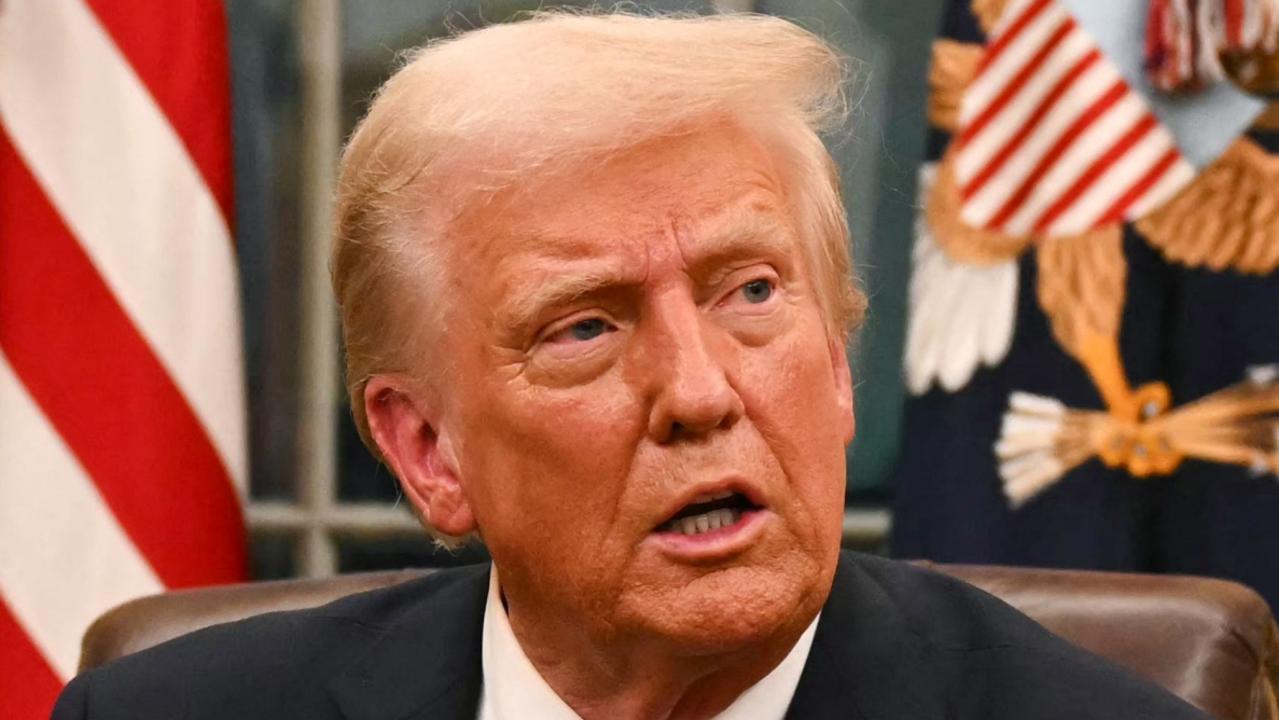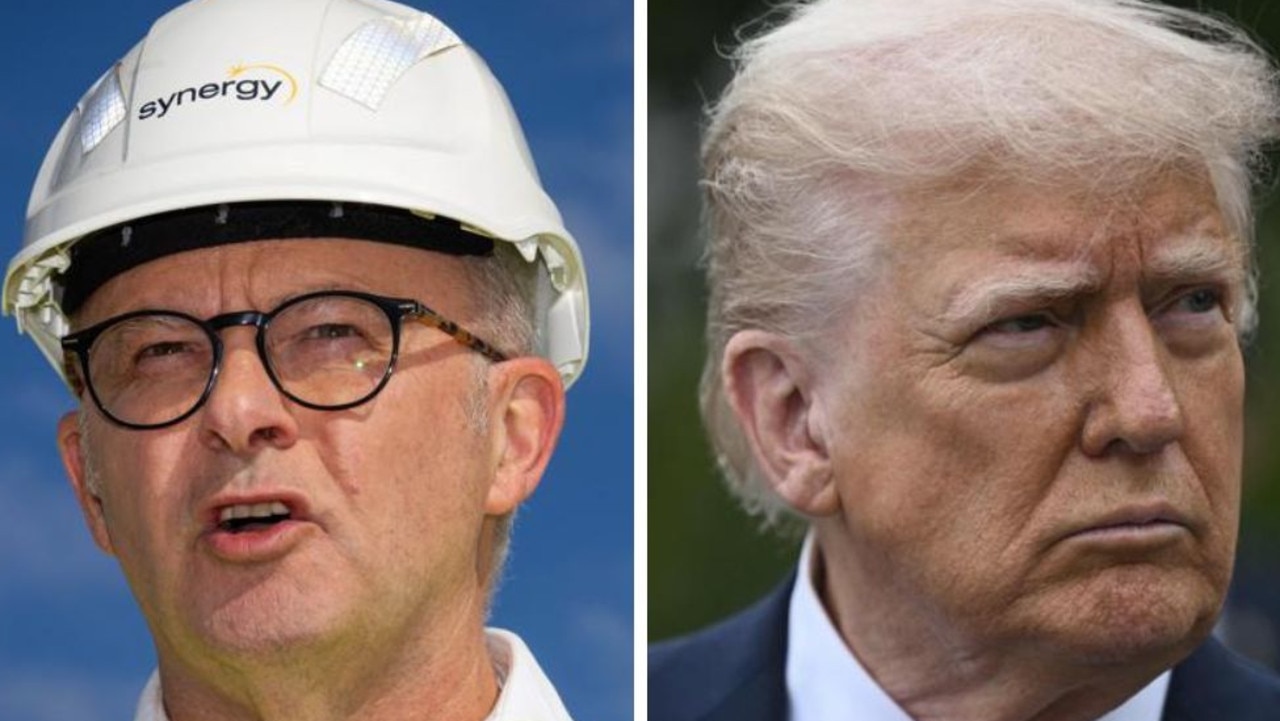BHP bets on AI-backed exploration to solve copper supply crisis
The world needs a lot more copper to transition to an electric vehicle age and one mining giant is using AI to help solve the supply crisis.
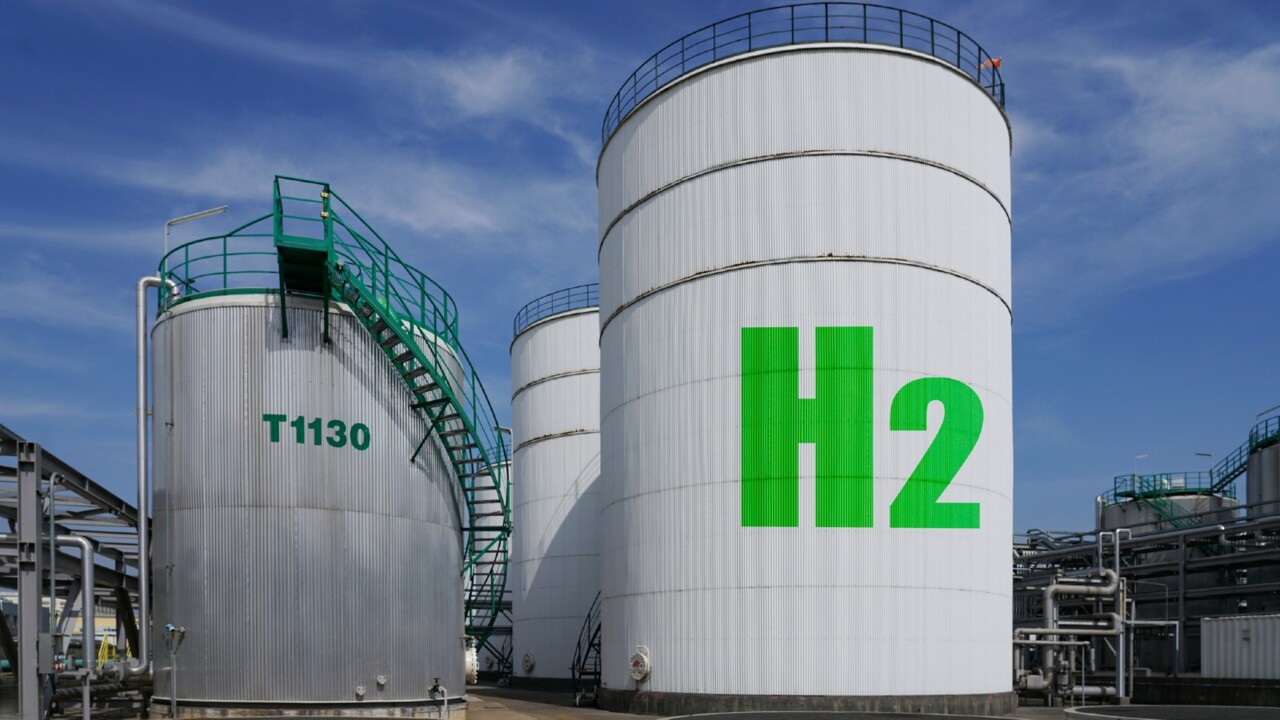
As the world moves away from fossil fuels, mining giant BHP is betting on artificial intelligence to help solve a dramatic imbalance between copper supply and an expected surge in demand.
BHP chief development officer Johan van Jaarsveld told the Melbourne Mining Club this week the global shift to electric vehicles would require an additional 26m tonnes of copper by the end of this decade as the number of EVs moves from 16 million in 2023 to a predicted 400 million by 2030.
BHP’s Escondida copper mine in Chile, the largest in the world, produces about one million tonnes of copper a year.
“So you need 26 of those,” Mr van Jaarsveld said.
“And then we have to talk about the renewable power that has to be built out and electrification and the charging infrastructure,” he said
Copper is considered an essential part of a range of green technologies from electric cars to solar panels because of its excellent electrical conductivity.
Mr van Jaarsveld’s assessment of an apparent hole in the world’s energy transition dreams follows from a speech from CEO Mike Henry at the IEA Critical Minerals and Clean Energy Summit in Paris, where he warned the world needed about $386bn of “growth capital” investment into copper in the next seven years to limit temperatures rises to 1.5 degrees celsius.
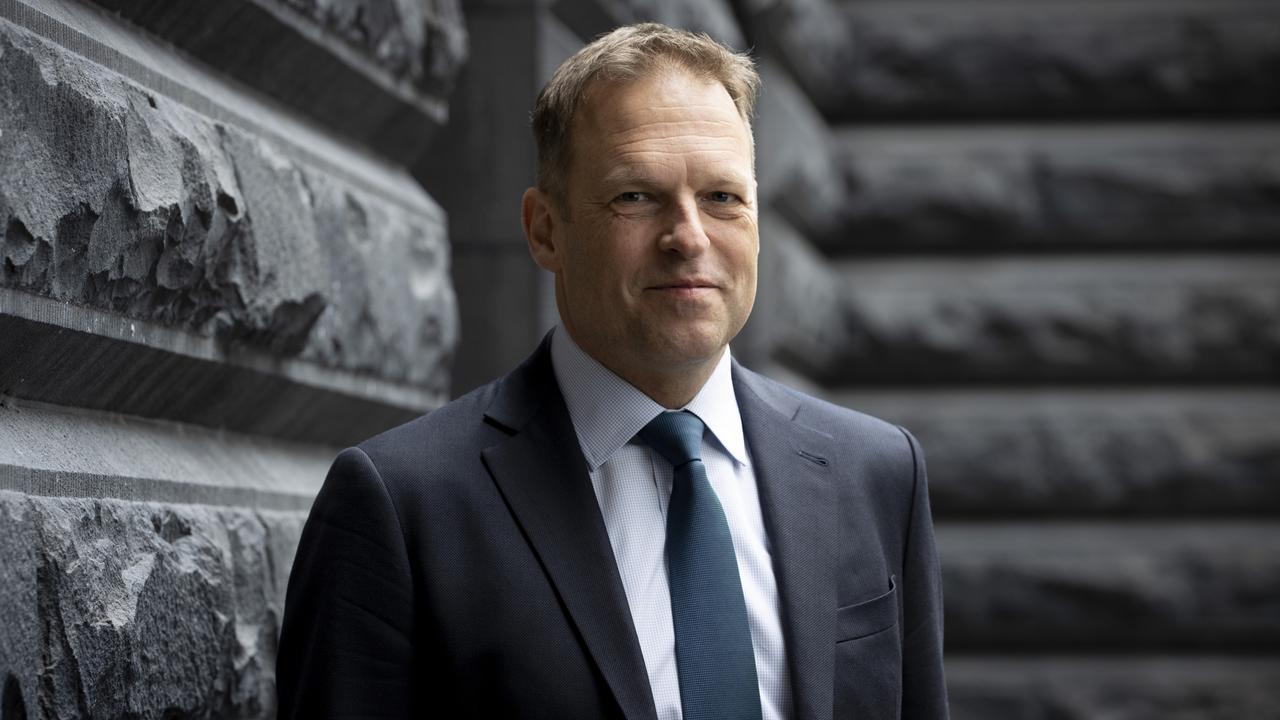
“That is over and above sustaining capital,” he said.
“But currently committed growth projects over this period only amount to around US$40 or US$50bn ($77bn) today.
“More projects need to be identified, permitted and given the green light by those who are to invest in them.”
But though Mr van Jaarsveld said the challenge of securing enough copper would be “daunting”, he said BHP had successfully applied AI analysis to geological data going back 130 years to find new deposits.
“We’ve actually digitised all of that (data) now and it’s about 11 terabytes,” he said.
“Running AI analysis through that, it is bringing us an agnostic view to the interpretation of the data.
“It has helped the exploration team to discover our last two discoveries, for example Oak Dam in South Australia, that comes out of 1960s data and it was a WMC (Western Mining Corporation) geologist that produced that data decades ago and so they sort of get another run at discovering something via the AI.”
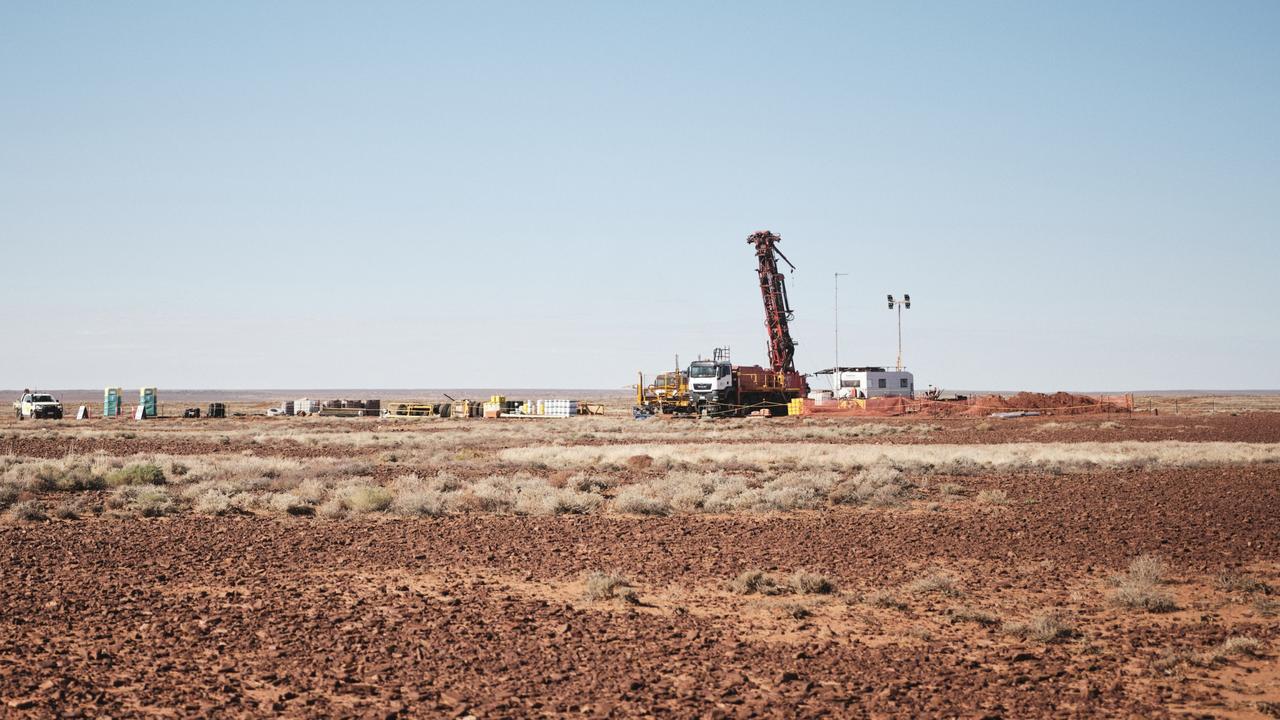
Exploration involves drilling companies intersecting target zones at multiple points to map out potential mineral wealth within a particular area.
Core samples are extracted from the drill holes and analysed to determine the zone’s commercial value.
The Oak Dam prospect, located 65km southeast of Olympic Dam, was discovered in 2018.
In its latest results report, BHP said it would spend more than $600m on exploration for FY24, and held greenfield copper targets in Chile, Ecuador, Serbia, Peru, Canada and Australia.
In South Australia, the company is developing what it calls a “copper province” through linking its existing Olympic Dam copper and uranium mine 570km north of Adelaide with the Prominent Hill and Carrapateena mines it gained from its acquisition of Oz Minerals this year.
In March, BHP gained approval from the state government to refine its assessment of Oak Dam with up to 14 drill rigs and processing facilities.
Alongside AI-backed exploration, Mr van Jaarsveld said improved productivity and technology-driven efficiencies at existing assets, early stage partnerships and BHP’s Xplor grant program for exploration companies would help drive more supply.


